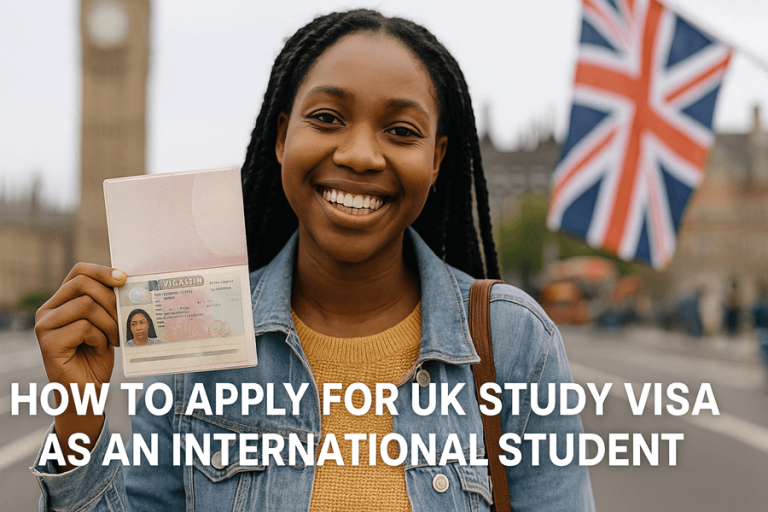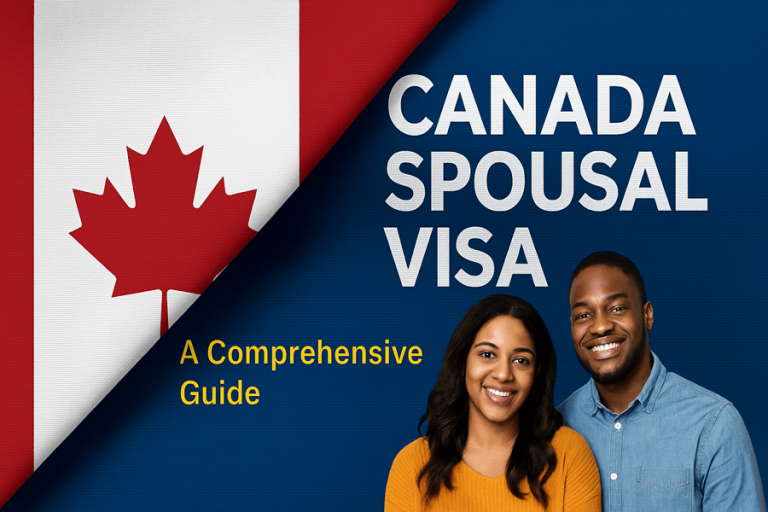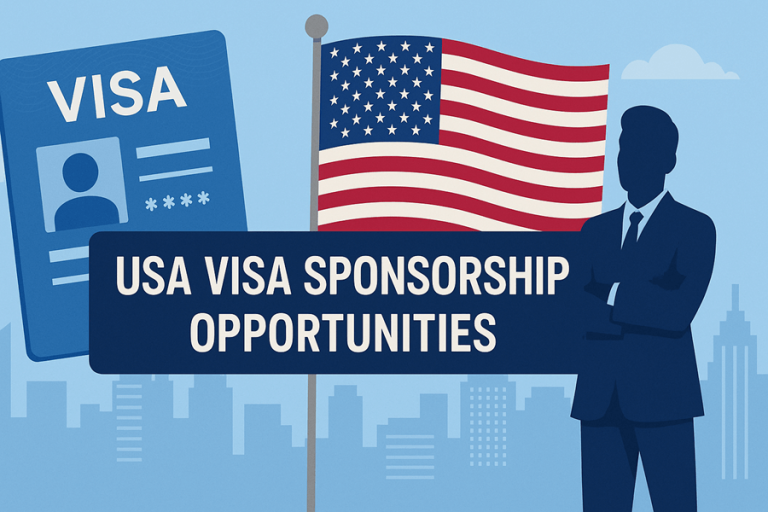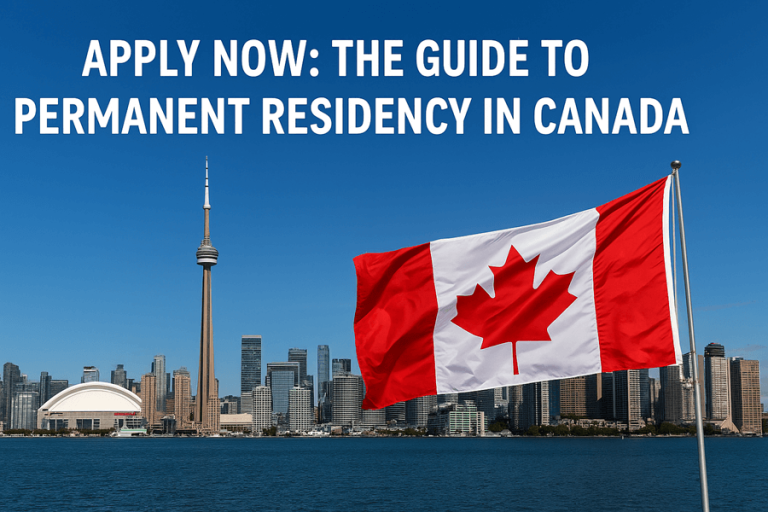Apply Now: The Guide to Permanent Residency in the USA
Embarking on a journey toward USA permanent residence can feel overwhelming—but it doesn’t have to be. Whether you’re a student, skilled professional, or part of a family aiming to build a life in the United States, there are clear and structured routes available. With careful planning, eligible documentation, and credible guidance, your dream of permanent residence in the USA can become a reality.
In this guide, we’ll walk you through the multiple pathways to secure USA permanent residence—also known as Green Card status. From family sponsorship and employment-based visas to diversity lotteries and special humanitarian programs, we’ll break down the requirements, timelines, and benefits in a way that’s informative, transparent, and accessible—not just for you, but for your loved ones too.
Our focus is on assisting African applicants by sharing relatable anecdotes, actionable strategies, and trustworthy resources. You’ll leave this guide equipped with a framework to confidently navigate your path toward permanent residence in the USA.
What Is USA Permanent Residence?
USA permanent residence—commonly referred to as the Green Card—grants you the legal right to live and work indefinitely in the United States. As a permanent resident, you enjoy many of the same benefits as U.S. citizens, such as:
- Employment with any employer
- Access to public education and healthcare (subject to eligibility)
- Ability to apply for naturalization after qualifying years
- Greater ease traveling in and out of the U.S.
However, permanent residents also have obligations: they must file U.S. taxes, maintain lawful status, and avoid prolonged trips abroad that could jeopardize their residency. Keeping your Green Card up to date and renewing it when required is essential.
Why Pursue Permanent Residence in the USA?
Security and Stability
Permanent residency offers more certainty than temporary visas, enabling you to plan long-term—whether it’s career growth, education, or family life.
Work Flexibility
You’re not tied to a sponsoring employer—you can freely change jobs, start a business, or pursue different careers.
Education and Health Access
Green Card holders often qualify for in-state college tuition rates and federal financial aid. Access to healthcare options also increases, making life in the USA more affordable and stable.
Family Unity
Bringing your spouse and children under your Green Card sponsorship is smoother than under most non-immigrant visas.
Ways to Secure USA Permanent Residence
Family Sponsorship
If you’re married to—or a close relative of—a U.S. citizen or permanent resident, family sponsorship is one of the fastest pathways.
Immediate Relatives of U.S. Citizens
Spouses, unmarried children under 21, and parents of U.S. citizens qualify immediately—with no annual limits.
Timeline: Approximately 12–18 months, depending on backlogs.
Family Preference Category
For other relatives—such as adult children or siblings—eligibility requires waiting due to annual visa caps.
Timeline: Can range from several years to over a decade.
Employment-Based Permanent Residence
A popular avenue for skilled professionals wanting permanent residence in the USA.
EB-1: Priority Workers
- Includes individuals of extraordinary ability, outstanding professors/researchers, and multinational managers.
- No labor certification required, making the process faster.
EB-2: Advanced Degree or Exceptional Ability
- Requires a job offer and PERM labor certification, unless applying for a National Interest Waiver (NIW).
- NIW candidates can self-petition without employer sponsorship.
EB-3: Skilled Workers and Professionals
- For professionals with bachelor’s degrees or skilled workers with two years’ experience.
- Requires labor certification and employer support.
Diversity Visa Lottery
Each year, approximately 50,000 visas are awarded to randomly selected citizens from low-admission countries through the Diversity Visa Program.
Key Benefits:
- No job offer required
- Free to enter via the official site: dvprogram.state.gov
Special Programs: Refugee, Asylum, and Other Categories
Refugee or Asylum Status
If you face persecution in your home country based on race, religion, nationality, or political opinion, you may seek refugee or asylum status. After one year in the U.S., you become eligible to apply for a Green Card.
Special Immigrant Programs
Includes specific groups like religious workers, Afghan/Iraqi interpreters, and others as designated by the U.S. Congress.
Timeline: Varies depending on program and background verification.
Eligibility Requirements for USA Permanent Residence
Regardless of route, the basic requirements include:
- Valid passport and birth certificate
- Medical examination and vaccination records
- Clean criminal record or waivers
- Sponsorship documents (Form I-130 or I-140)
- PERM labor certification (if required)
- Proof of financial support (Form I-864 or I-864W)
The Application Process: Step by Step
1. Determine Your Qualifying Category
Choose the right visa pathway—family, employment, diversity, or special program.
2. File the Petition
- Family routes: Form I-130
- Employment routes: Form I-140 or PERM labor certification
3. Wait for Visa Availability
All categories except immediate relatives are subject to visa bulletin priority dates available monthly at travel.state.gov.
4. Submit Your Green Card Application
Once a visa becomes available, you file Form I-485 (Adjustment of Status) if already in the U.S., or go through consular processing if living abroad.
5. Attend Interview and Biometrics
Both pathways include a biometric appointment and a final interview. Expect questions about intent to reside, eligibility, and background.
6. Green Card Issued
Approved applications receive a physical Green Card within 60–90 days.
Note: For EB-2 NIW and EB-1 categories, you may combine petition and adjustment filings (known as “concurrent filing”) to shorten timelines.
Common Mistakes to Avoid
- Filing without checking priority dates
- Submitting incomplete or inconsistent documentation
- Attempting family sponsorship with ineligible relatives
- Misinterpreting employment visa requirements
- Skipping medical exams or law enforcement clearances
Sticking to checklist guidance from USCIS.gov helps avoid delays or denials.
Real-Life Experience: Meet Ayo from Nigeria
Ayo, a civil engineer from Lagos with a master’s degree, applied for an EB-2 visa with a National Interest Waiver. He submitted his I-140 and I-485 together in 2021. Within 14 months, he received his Green Card. Today, Ayo works for a U.S. engineering firm in Atlanta and is permanently settled with his family.
After You Receive Your Green Card
- Maintain residence: Don’t leave the U.S. for over 6 months continuously
- Renewal: Your Card expires after 10 years—file Form I-90 in advance
- Naturalize (optional): After 3 years (if married to a U.S. citizen) or 5 years of continuous residence
Tips for a Smooth USA Permanent Residence Journey
- Keep organized records of birth, education, employment, and finances
- Prepare early to gather medical and police certificates
- Double-check all USCIS forms before submission
- If possible, hire an accredited immigration lawyer or expert
- Check the visa bulletin monthly to monitor priority dates
Frequently Asked Questions
Can I travel while my I-485 is pending?
Yes—but apply for Advance Parole (Form I-131) before leaving the U.S.
How much is the Green Card fee?
Form I-485 fees range from $1,140 to $1,525 depending on age and medical exams.
Can my spouse and kids get Green Cards too?
Absolutely—family members included in the petition are eligible under your Green Card status.
How long does the process take?
Immediate relative petitions: 12–18 months.
EB-1 & EB-2 NIW: 12–24 months.
EB‑3: 24–48+ months (visa availability varies).
Final Thoughts: Your Guide to Permanent Residence in the USA
Achieving USA permanent residence is an objective within reach. Whether through skilled employment, family connections, or the Diversity Visa, the benefits are immense—from job freedom and education to security and the ability to fully participate in American life.
This guide presents a friendly, well-researched roadmap geared toward African applicants ready to take the next step. Armed with correct information, preparation, and trustworthy advice, your transition to permanent residence in the USA can begin now.





